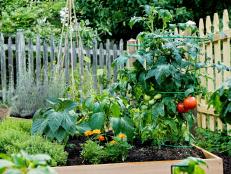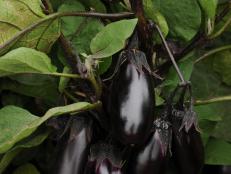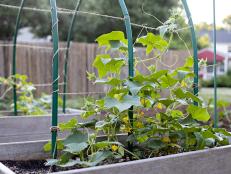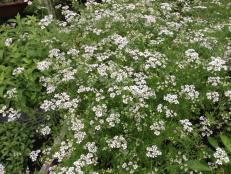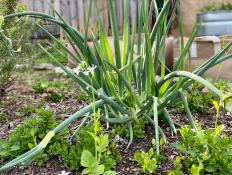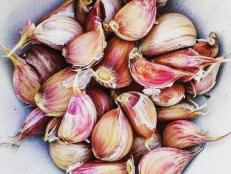Companion Plants for Beets
Beets are relatively easy to grow but they can benefit from being planted before and after certain other garden crops.

Sweet and earthy-tasting beets are delicious, nutritious, and so easy to grow — especially in cool spring and fall weather. From the colorful root to the vibrant shoots, the whole plant is edible and full of flavor. Although garden beets are generally pest-free in a home garden situation, they could still benefit from partnering with companion plants.
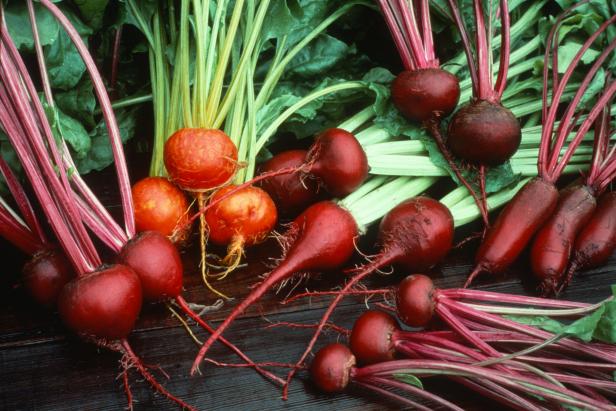
National Garden Bureau
What is Companion Planting?
Companion planting is all about diversity. A healthy and productive vegetable garden should include plants that feed us, the soil, and the other members of the garden ecosystem. Companion plants can support beneficial insects, fungi, and soil-building critters. Some companion plants can even discourage pests from feeding on vegetable crops.
Many pests avoid repellent plants that produce natural compounds in their leaves, flowers, and roots that are off-putting to pests. Fragrant flowers, herbs, and vegetables are used to discourage garden pests from damaging crops.
Cover crops are cultivated in a fallow plot the season before planting out vegetables. Cover crops build up soils, making them a better environment for vegetable roots as well as the soil ecosystem. Organic matter added by the cover crop and increased activity of the soil-dwelling animals will increase moisture retention, improve drainage, and add nutrients to the soil. Cover crops also provide habitat for beneficial insects. Some vegetable crops can be seeded directly into cover crop debris, while others need residues to be turned over or tilled into the soil a few weeks before planting.
Living mulches are spreading or densely sown plants that cover the soil surface. Living mulches provide all the same benefits as cover crops. It’s important to prevent living mulches from competing with your vegetables for sunlight, water, and nutrients. If you are planting directly into a living mulch, leave plenty of room for seedlings to develop free of competition. Keep an eye on living mulches during the growing season and trim back or even pull selectively as needed.
Beet Companions
Most of the research on companions for beets (Beta vulgaris) is focused on commercially grown sugar beets. Sugar beets are the same species as garden beets, but they have been bred for high concentrations of sugar in their large, turnip-like roots. Although garden beets are generally pest and disease free, they can be susceptible to the same maladies as sugar beets. If you encounter problems with nematodes, root or crown rot, or sugar beet root maggot in your garden, experiment with some of these science-based plant combinations to improve the health of your beets.
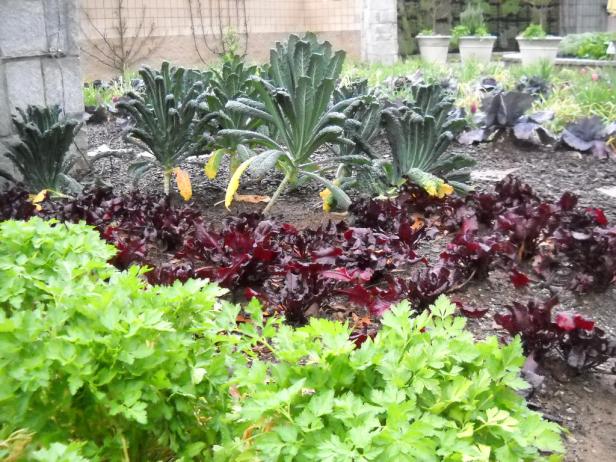
Image courtesy of Atlanta Botanical Garden
Fall vegetables grow at the Atlanta Botanical Garden in the heart of the city, including flat leaf Parsley (bottom), Bull’s Blood beet (center), and Dinosaur kale (top), which is also known as Lacinato or Tuscan kale.
- Grow beets with or after a crop of radish to cut down on root and crown rots caused by the fungus Rhizoctonia solani.
- Plant beets after a cover crop of field mustard (Brassica rapa) to reduce damage caused by nematodes as well as by the fungal disease Rhizoctonia. A cover crop of white mustard (B. alba) can discourage nematodes, too.
- If you have struggled with damage caused by the sugar beet root maggot, try seeding your beets into a living mulch of oats.
Bad Neighbors for Beets
If you’ve had trouble with root rot or crown rot diseases, don’t grow beets with corn or beans. Each of these crops can harbor and be damaged by Rhizoctonia solani fungi that are responsible for the disease.
Tips for Growing Beets
Beets are some of the quickest and easiest vegetables to grow. Even better, they thrive in cool early spring and fall weather, which makes them the perfect crop to extend your growing season.

Massachusetts Office of Travel and Tourism/massvacation.com
Heirloom ‘Chioggia’ beets date to 1840 and feature concentric rings of pink and white.
Uninitiated gardeners may picture the iconic rounded red roots when they think of beets. However, beets come in a multitude of shapes and colors, including conical carrot-shaped spears, white, yellow, or peppermint-stick-patterned flesh. The foliage is attractive too, with prominent colored veins running through deep green leaves. Beets can be grown as flavorful microgreens, tender baby greens, robust leafy veggies, and (of course) for their sweet, fleshy roots.
Growing a bumper crop of beets is a cinch. For a spring crop, sow seeds out in the garden a few weeks before the last frost. Plant seeds around Independence Day for a fall crop. Keep seedlings well-watered until they are established and make sure soil is thoroughly watered during dry spells. Beets are ready to harvest when their shoulders are visible above the soil line.
Tips for Crop Rotation
- Beets are members of the goosefoot or Chenopodiaceae family, along with spinach, Swiss chard, and amaranth. Chenopods are susceptible to many of the same pests and diseases. Group related crops together and grow in a different area of the garden each season to prevent pest eggs and disease spores from building up in the soil.
- Avoid growing beets after corn or beans (or vice versa), as all three crops are susceptible to root and crown rot diseases caused by Rhizoctonia fungi. Grow resistant crops between rotations of beets, corn, and beans.






